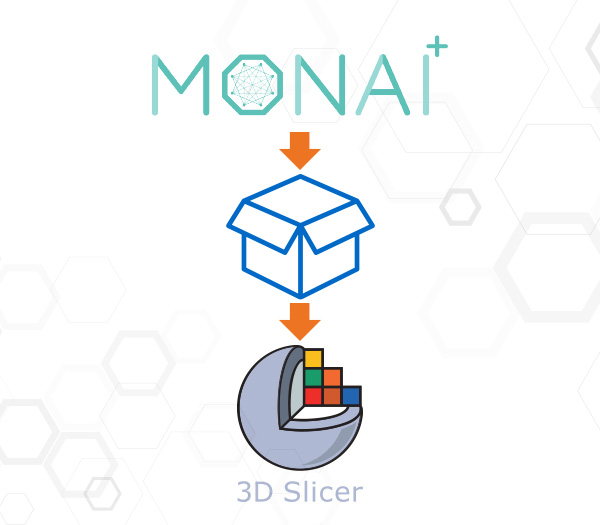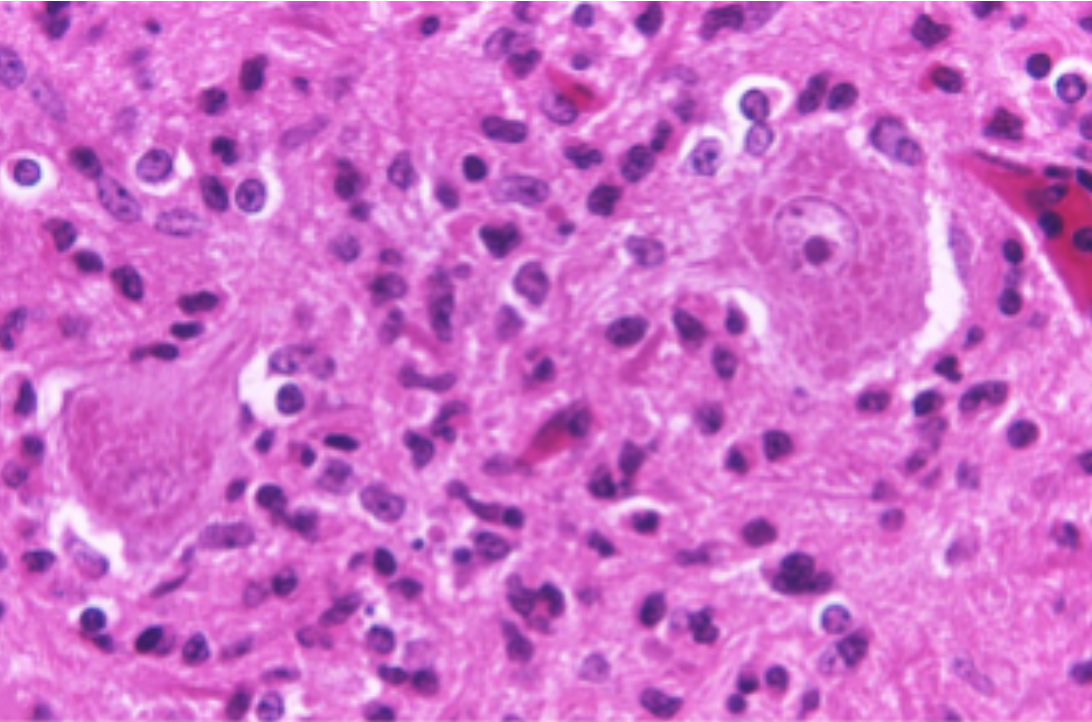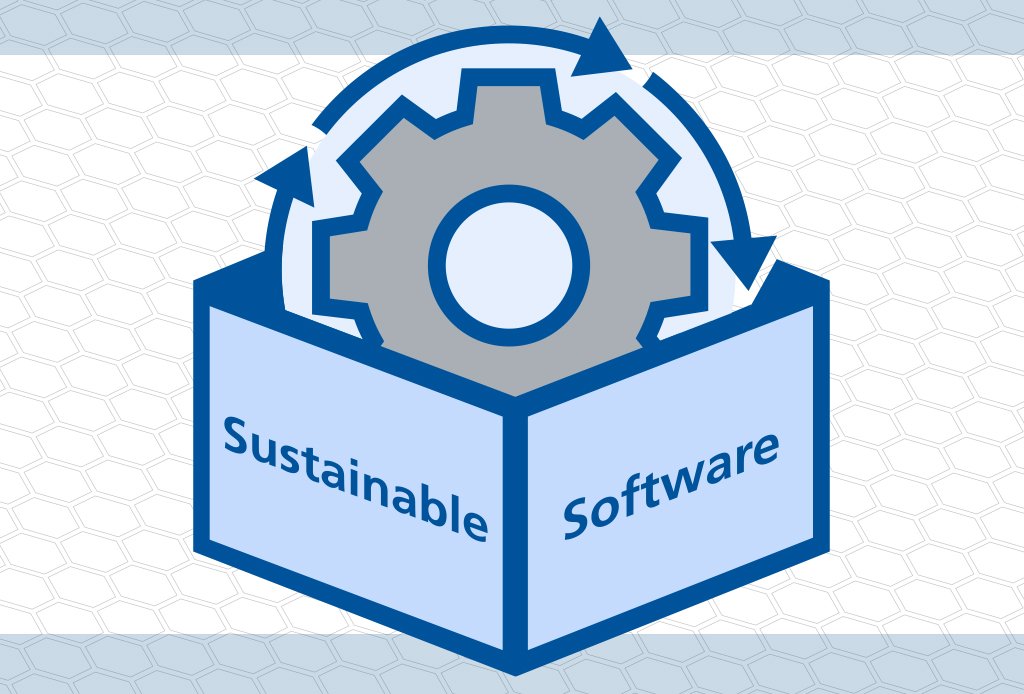Meet the Team
Lee Newberg, Ph.D.
Staff R&D Engineer
Kitware New York
Clifton Park, NY
Ph.D. in Computer Science
University of California, Berkeley
M.S. in Computer Science
University of California, Berkeley
B.S. in Mathematics
Massachusetts Institute of Technology
B.S. in Physics
Massachusetts Institute of Technology
Lee Newberg is a staff R&D engineer on Kitware’s Medical Computing Team located in Clifton Park, New York. Working under grants from the NIH, Lee uses machine learning to perform image segmentation (i.e. to identify objects within images) and other tasks in histopathology whole-slide images and other medical image data. He is streamlining workflows to achieve improved performance for big data scenarios and is the founder and lead maintainer of the histomics_stream Python package. Lee adapts workflows to active learning situations where the goal is to efficiently improve the software’s accuracy while minimizing the amount of additional human supervision required. He is the founder and lead maintainer of the al_bench Python package for benchmarking active learning strategies.
Prior to joining Kitware, much of Lee’s work was focused on biological sequence analysis at the New York State Department of Health Wadsworth Center, Rensselaer Polytechnic Institute, and GE Global Research Center. He has done approximate pattern matching in DNA-seq data, biomarker discovery with RNA-seq data, and protein fingerprinting (like DNA fingerprinting) with mass-spectrometry protein-seq data. Lee has been a Principal Investigator on grants from the National Institutes of Health (NIH), the Department of Energy, and the National Science Foundation.
Lee received both his Ph.D. and master’s degree in computer science from the University of California, Berkeley. He received bachelor’s degrees in mathematics and physics from the Massachusetts Institute of Technology, where he was ranked #1 MIT Mathematics in his graduating class.
Publications
- A. Schmidt, P. Morales-Álvarez, L. Cooper, L. Newberg, A. Enquobahrie, R. Molina, and A. Katsaggelos, "Focused active learning for histopathological image classification," Medical Image Analysis, vol. 95, pp. 103162, Jul. 2024. [URL]
- L. Newberg, X. Chen, C. Kodira, and M. Zavodszky, "Computational de novo discovery of distinguishing genes for biological processes and cell types in complex tissues," PLOS ONE, vol. 13, no. 3, pp. e0193067, Mar. 2018. [URL]
- J. Kiefer, S. Nasser, J. Graf, C. Kodira, F. Ginty, L. Newberg, A. Sood, and M. Berens, "A systematic approach toward gene annotation of the hallmarks of cancer," in Bioinformatics and Systems Biology, 2017. [URL]
- Y. Sui, M. Rusu, D. Shanbhag, U. Patil, J. Kiefer, J. Barnholtz-Sloan, M. Berens, F. Ginty, G. John, S. Gupta, C. Kodira, L. Newberg, S. Raghunath, A. Sood, and S. Raghunath, "Elucidating cancer hallmark context from glioma MR imaging and RNA expression data," in Tumor Biology, 2017. [URL]
- J. Graf, M. Rusu, Y. Sui, D. Shanbhag, U. Patil, J. Kiefer, J. Barnholtz-Sloan, M. Berens, F. Ginty, S. Gupta, C. Kodira, L. Newberg, S. Raghunath, and A. Sood, "Interpreting glioma MR imaging and somatic mutations in a cancer hallmark context," in Tumor Biology, 2017. [URL]
- K. Aggour, V. Kumar, D. Sangurdekar, L. Newberg, and C. Kodira, "A Highly Parallel Next-Generation DNA Sequencing Data Analysis Pipeline in Hadoop," in 2015 IEEE International Conference on Bioinformatics and Biomedicine (BIBM), 2015.
- K. Aggour, D. Sangurdekar, V. Kumar, L. Newberg, and C. Kodira, "Efficient Next-Generation DNA Sequencing Analysis in Hadoop," in Sixth International Conference on Bioinformatics and Computational Biology (BICoB 2014), 2014.
- C. Kodira, A. Sood, L. Newberg, A. Miller, F. Ginty, E. McDonough, Y. Sui, A. Bordwell, Q. Li, L. Kaanumalle, K. Desai, Z. Pang, E. Brogi, S. Larson, and I. Mellinghoff, "In situ Genome-Wide Expression Profiling of Individual Cell Types," in Sixty-Fourth Annual Meeting of the American Society of Human Genetics (ASHG 2014), 2014.
- T. Desell, L. Newberg, M. Magdon-Ismail, B. Szymanski, and W. Thompson, "Finding Protein Binding Sites Using Volunteer Computing Grids," in Proceedings of the 2011 2nd International Congress on Computer Applications and Computational Science. Springer Berlin Heidelberg, 2012, pp. 385-393. [URL]
- T. Desell, M. Magdon-Ismail, H. Newberg, L. Newberg, B. Szymanski, and C. Varela, "A Robust Asynchronous Newton Method for Massive Scale Computing Systems," in IEEE International Conference on Computational Intelligence and Software Engineering (CiSE 2011), 2011.
- M. Palumbo and L. Newberg, "Phyloscan: locating transcription-regulating binding sites in mixed aligned and unaligned sequence data," Nucleic Acids Research, vol. 38, no. Web Server, pp. W268-W274, Jul. 2010. [URL]
- M. Harrigan, H. Newberg, L. Newberg, B. Yanny, T. Beers, Y. Lee, and P. Re Fiorentin, "Statistical properties of blue horizontal branch stars in the spheroid: detection of a moving group ∼50 kpc from the Sun: A moving group ∼50 kpc from the Sun," Monthly Notices of the Royal Astronomical Society, pp. no-no, Apr. 2010. [URL]
- L. Newberg and C. Lawrence, "Exact Calculation of Distributions on Integers, with Application to Sequence Alignment," Journal of Computational Biology, vol. 16, no. 1, pp. 1-18, Jan. 2009. [URL]
- L. Newberg, "Error statistics of hidden Markov model and hidden Boltzmann model results," BMC Bioinformatics, vol. 10, no. 1, pp. 212, Dec. 2009. [URL]
- L. Newberg, B. Webb-Robertson, L. McCue, and C. Lawrence, "Global Measures of Uncertainty: Long Overdue in Computational Molecular Biology," presented at Joint Seventeenth Annual International Conference on Intelligent Systems for Molecular Biology (ISMB 2009) and Eighth European Conference on Computational Biology (ECCB 2009), 2009. [URL]
- L. Carvalho, W. Thompson, L. Newberg, and C. Lawrence, "Applications of Centroid Estimation to Regulatory Genomics," in RECOMB Satellite on Regulatory Genomics, 2009.
- L. Newberg, "Computationally Efficient Estimation of the Error Rates of Hidden Markov Model Results," in joint Seventeenth Annual International Conference on Intelligent Systems for Molecular Biology and Eighth European Conference on Computational Biology, 2009.
- L. Newberg, "Significance of Gapped Sequence Alignments," Journal of Computational Biology, vol. 15, no. 9, pp. 1187-1194, Nov. 2008. [URL]
- I. Jacobi, H. Newberg, D. Broder, R. Finn, A. Milano, L. Newberg, A. Weatherwax, and D. Whittet, "Effect of Night Laboratories on Learning Objectives for a Nonmajor Astronomy Class," Astronomy Education Review, vol. 7, no. 2, pp. 66-73, Aug. 2008. [URL]
- L. Newberg, "Memory-efficient dynamic programming backtrace and pairwise local sequence alignment," Bioinformatics, vol. 24, no. 16, pp. 1772-1778, Aug. 2008. [URL]
- M. Palumbo and L. Newberg, "PhyloScan II Web Server: Scanning for Cis-Regulatory Elements in Mixed Aligned and Unaligned Sequence Data," in RECOMB Satellite on Regulatory Genomics, 2008.
- W. Thompson, L. Newberg, S. Conlan, L. McCue, and C. Lawrence, "The Gibbs Centroid Sampler," Nucleic Acids Research, vol. 35, no. Web Server, pp. W232-W237, May 2007. [URL]
- L. Newberg, W. Thompson, S. Conlan, T. Smith, L. McCue, and C. Lawrence, "A phylogenetic Gibbs sampler that yields centroid solutions for cis-regulatory site prediction," Bioinformatics, vol. 23, no. 14, pp. 1718-1727, Jul. 2007. [URL]
- C. Carmack, L. McCue, L. Newberg, and C. Lawrence, "PhyloScan: Identification of transcription factor binding sites using cross-species evidence," Algorithms for Molecular Biology, vol. 2, no. 1, pp. 1, 2007. [URL]
- L. Newberg, W. Thompson, S. Conlan, T. Smith, L. McCue, and C. Lawrence, "Centroid Methods for High-Dimensional Inference in Computational Biology," in Systems Biology: Global Regulation of Gene Expression, 2007.
- L. Newberg, W. Thompson, S. Conlan, T. Smith, L. McCue, and C. Lawrence, "The Phylogenetic Gibbs Centroid Sampler for Cis-Regulatory Element Discovery," in joint Fifteenth Annual International Conference on Intelligent Systems for Molecular Biology and Sixth European Conference on Computational Biology, 2007.
- S. Conlan, W. Thompson, L. McCue, L. Newberg, T. Smith, and C. Lawrence, "OrthoGibbs: A Phylogenetically-Aware Gibbs Recursive Sampler for Locating Transcription Factor Binding Sites (a.k.a. A Phylogenetic Gibbs Recursive Sampler for Locating Transcription Factor Binding Sites)," presented at Phylogenomics Conference, 2006. [URL]
- L. Newberg, "A New Nucleotide Substitution Model for Use with Felsenstein's Algorithm," in Systems Biology: Global Regulation of Gene Expression, 2006.
- S. Conlan, W. Thompson, L. McCue, L. Newberg, T. Smith, and C. Lawrence, "A Phylogenetic Gibbs Recursive Sampler for Locating Transcription Factor Binding Sites," in Systems Biology: Global Regulation of Gene Expression, 2006.
- L. Newberg, L. McCue, and C. Lawrence, "The Relative Inefficiency of Sequence Weights Approaches in Determining a Nucleotide Position Weight Matrix," Statistical Applications in Genetics and Molecular Biology, vol. 4, no. 1, Jan. 2005. [URL]
- L. Newberg, "Functional DNA Positions Change As Frequently As Do Neutral Ones," in Systems Biology: Global Regulation of Gene Expression, 2005.
- L. Newberg and C. Lawrence, "Mammalian Genomes Ease Location of Human DNA Functional Segments but Not Their Description," Statistical Applications in Genetics and Molecular Biology, vol. 3, no. 1, pp. 1-12, Jan. 2004. [URL]
- L. Newberg and C. Lawrence, "How Much Is Another Mammal Worth?," presented at The First Annual RECOMB Satellite Workshop on Regulatory Genomics, 2004. [URL]
- L. Newberg and C. Lawrence, "Mammalian Genomes Ease the Location of Human Transcription Factor Binding Sites but Do Not Ease Their Description," in Systems Biology: Genomic Approaches to Transcriptional Regulation, 2004. [URL]
- L. Newberg, "The number of clone orderings," Discrete Applied Mathematics, vol. 69, no. 3, pp. 233-245, Aug. 1996. [URL]
- L. Newberg, J. Jahnke, J. Kruper, and D. Micklos, "Implementing a Student Allele Database via the World Wide Web," in Proceedings of The World Conference on Educational Multimedia and Hypermedia, 1996. [URL]
- F. Alizadeh, R. Karp, L. Newberg, and D. Weisser, "Physical mapping of chromosomes: A combinatorial problem in molecular biology," Algorithmica, vol. 13, no. 1-2, pp. 52-76, Feb. 1995. [URL]
- R. Karp and L. Newberg, "An algorithm for analysing probed partial digestion experiments," Bioinformatics, vol. 11, no. 3, pp. 229-235, 1995. [URL]
- L. Newberg, R. Rouse, and J. Kruper, "Integrating the World-Wide Web and Multi-User Domains to Support Advanced Network-Based Learning Environments," in Proceedings of The World Conference on Educational Multimedia and Hypermedia, 1995. [URL]
- L. Newberg and D. Wolfe, "String layouts for a redundant array of inexpensive disks," Algorithmica, vol. 12, no. 2-3, pp. 209-224, Sep. 1994. [URL]
- L. Newberg, "Finding a Most Likely Clone Ordering from Oligonucleotide Hybridization Data," Genomics, vol. 21, no. 3, pp. 602-611, Jun. 1994. [URL]
- L. Newberg and D. Naor, "A Lower Bound on the Number of Solutions to the Probed Partial Digest Problem," Advances in Applied Mathematics, vol. 14, no. 2, pp. 172-183, Jun. 1993. [URL]
- F. Alizadeh, R. Karp, L. Newberg, and D. Weisser, "Physical Mapping of Chromosomes: A Combinatorial Problem in Molecular Biology," presented at Proceedings of The Fourth Annual ACM-SIAM Symposium on Discrete Algorithms, 1993. [URL]
- E. Lander, P. Green, J. Abrahamson, A. Barlow, M. Daly, S. Lincoln, and L. Newberg, "MAPMAKER: An interactive computer package for constructing primary genetic linkage maps of experimental and natural populations," Genomics, vol. 1, no. 2, pp. 174-181, Oct. 1987. [URL]



